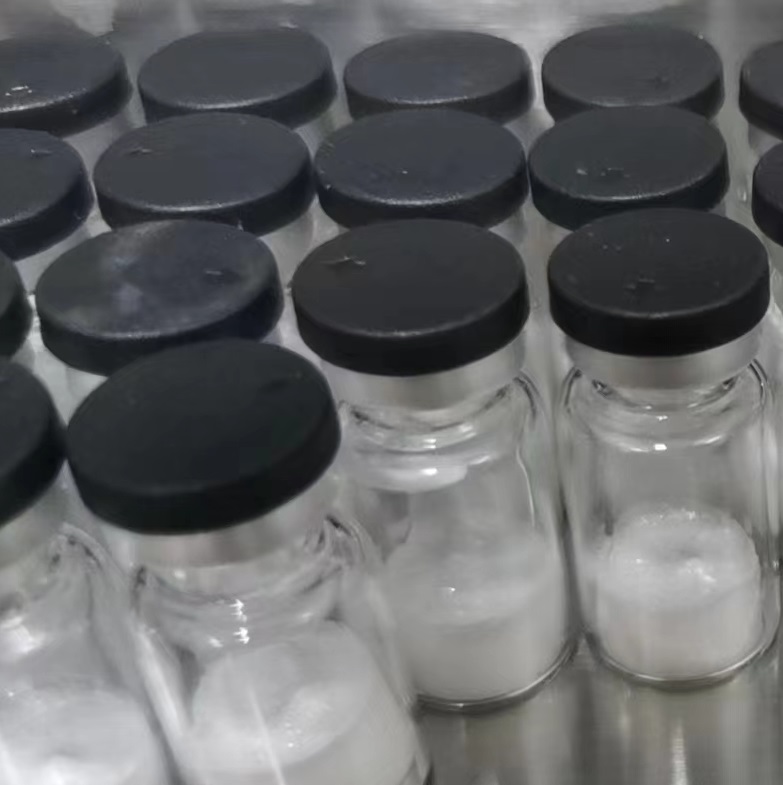-
Categories
-
Pharmaceutical Intermediates
-
Active Pharmaceutical Ingredients
-
Food Additives
- Industrial Coatings
- Agrochemicals
- Dyes and Pigments
- Surfactant
- Flavors and Fragrances
- Chemical Reagents
- Catalyst and Auxiliary
- Natural Products
- Inorganic Chemistry
-
Organic Chemistry
-
Biochemical Engineering
- Analytical Chemistry
- Cosmetic Ingredient
-
Pharmaceutical Intermediates
Promotion
ECHEMI Mall
Wholesale
Weekly Price
Exhibition
News
-
Trade Service
Diabetes is one of the chronic diseases that threaten human health, with a global surge in the number of people with diabetes and the fastest-growing incidence in Asia, particularly in China and India.
, 90 percent of people with diabetes have type 2 diabetes (T2DM).
T2DM main treatments include life interventions and medications for people who need medication if lifestyle changes do not control blood sugar.
currently, there are different drugs for different T2DM mechanisms, such as metformin, pyrethroidone, sulfonamide, glyni, α-glucosidease inhibitors and insulin therapy.
because the peptide-based peptidease 4 (DPP-4) inhibitors are not easy to induce hypoglycemia and weight gain, has attracted the attention of clinicians.
a recent study published in the journal BMJ Open Diab Res Care to more accurately assess the safety and effectiveness of DEP-4 inhibitors.
results show that agritin, which represents a DPP-4 inhibitor, is considered a safe and effective drug for treating patients with T2DM.
In this multi-center, controlled, forward-looking, observational study, the researchers enrolled 5,969 T2DM patients from the Japan Diabetes Clinical Research Network Registry from April 2012 to September 2014, using the aglitin group (Group A) and other categories of oral antisaccharine groups (Group B).
is defined as three different patient populations, namely The Complete Analysis Set (FAS), the Security Analysis Set (SAS), and the Efficacy Analysis Set (EAS).
5,745 of the 5,969 patients registered received baseline measurements, of which 5,208 were included in the FAS population (3424 in Group A and 1784 in Group B), including 5150 people (Group A is 3395, Group B is 1755), and the EAS population includes 5096 (Group A is 3358 and Group B is 1738) to assess the safety and effectiveness of Agritin.
results of the study were all adverse events, with efficacy assessment as a secondary result.
results showed that after 3 years of follow-up, more than 90% of patients in Group A continued to use aglitin in group A, group B patients were dominated by metformin, and PP-4 inhibitors were used at 36%.
the two groups had similar rates of adverse events, 42.7 per cent and 42.2 per cent, respectively.
Kaplan-Meier analysis showed that the risk of cancer in Group A was significantly higher than in Group B (7.4% VS 4.8%, p s 0.040), while there was no statistical difference in the occurrence of other cancers.
multivariable Cox regression analysis showed that there were more elderly patients in Group A than in Group B, but the low use of agretin led to the development of cancer, and there was no statistical difference in the rates of other major adverse events, including symptomatic hypoglycemia, pancreatitis, non-exo-skin diseases and serious infections.
the incidence of major adverse events, no intergroup differences were detected between the two groups in the incidence of microvascular and large vascular complications when combined or individually analyzed.
studies have also shown that DPP-4 inhibitors do not increase the risk of cardiovascular disease.
the safety of agritin in cardiovascular disease in this real-world study.
the use of agritin can be similar to the main use of metformin group blood sugar control, and showed a similar incidence of complications of large blood vessels. The cumulative incidence and progression of microvascular complications in
It is worth noting that throughout the study, group A patients achieved and maintained the target HbA1c (7.0% x 53 mmol / mol) on average, while drug use increased only slightly (average drug use: from 2.1 to 2.3), while group B patients also maintained the target, but the number of medications increased relatively much (from 1.6 to 2.0).
addition, the use of agritin can maintain insulin secretion function.
, in the real world, Aglitin, which stands for DEP-4 inhibitors, is considered a safe and effective drug for treating people with type 2 diabetes.







